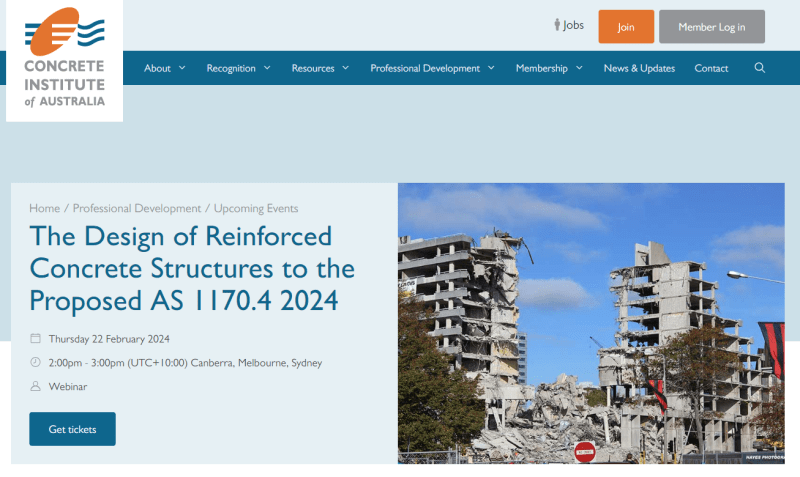Trenno
Structural
- Feb 5, 2014
- 831
New AS1170.4 draft is out for public comment, closing 18/01/24.
Seems like reo rates may be on the rise again with the introduction of these two proposed admendments.


Seems like reo rates may be on the rise again with the introduction of these two proposed admendments.





![[banghead] [banghead] [banghead]](/data/assets/smilies/banghead.gif)